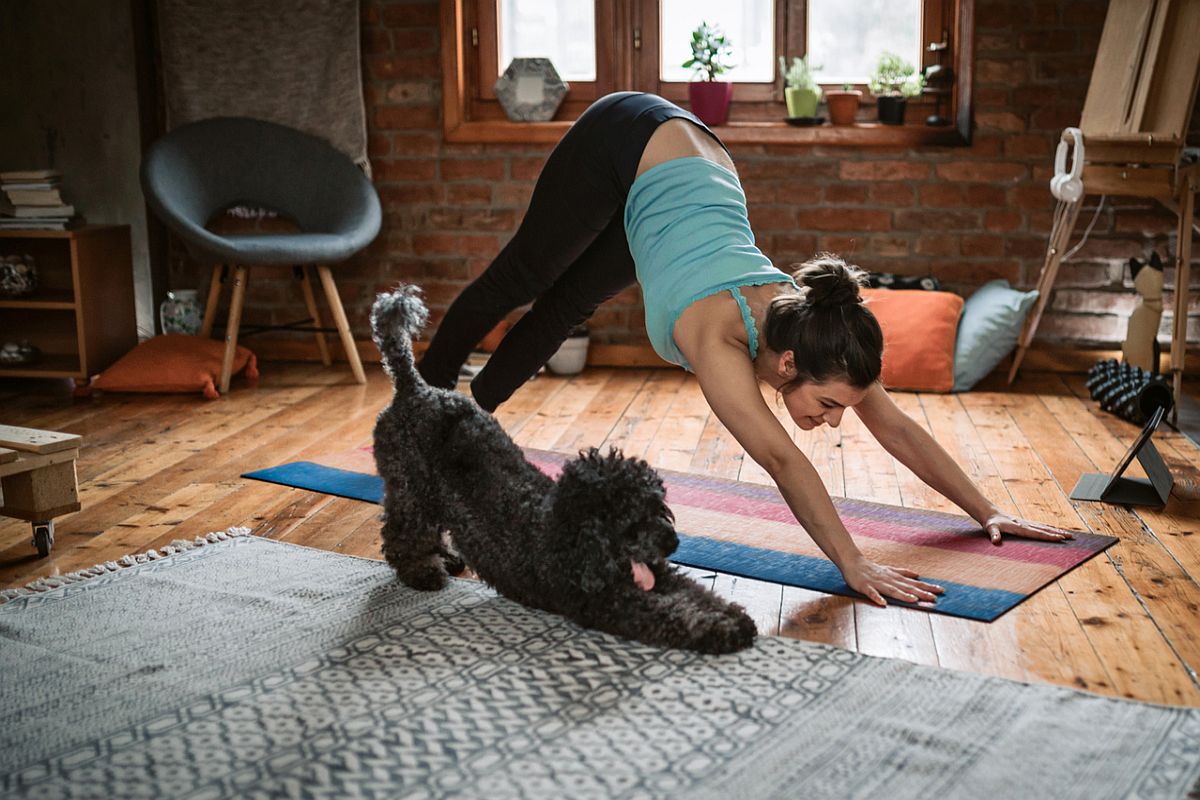Mughal Road stretch handed over to BRO for upkeep
The transition was facilitated with the efforts of District Development Commissioner Vikas Kundal, and was completed with all necessary formalities.
Working out is important as it keeps the body and the mind active.

(Representational image: iStock)
Working out is important as it keeps the body and the mind active. When it comes to working out, stretching has always been the underdog. On one hand, people believe that it is an essential part of an exercise to avoid injuries, while on the other hand people believe that it leads to injuries itself. The truth of the matter is that both of these claims aren’t entirely incorrect. It’s the execution that makes all the difference when it comes to stretching.
According to Dr Sneh Soni, MD Physician, myUpchar, stretching on a daily basis, the right way, can lead to many health benefits. These range from:
Advertisement
Increasing your range of motion:
Advertisement
Just like most inanimate objects, if we don’t use our body and our joints regularly, they begin to get rusty. Doing stretching exercises regularly ensures that your muscles remain healthy, maintain their flexibility, and don’t become a hindrance when you do need to use them. Proprioceptive neuromuscular facilitation (PNF) stretching, in particular, is found to be extremely effective in increasing your range of motion. PNF stretching is a technique that uses your natural reflexes to give you a deeper stretch. Consult a physical therapist if you would like to explore PNF.
Boosting performance
When it comes to sports, engaging in an active warm-up is considered the norm. This is where dynamic stretching proves to be very useful. A study published in the ‘Journal of Strength and Conditioning Research’ shows that instead of static stretches, dynamic stretches can boost overall performance by improving flexibility, speed, endurance, etc. In dynamic stretching, you don’t hold a position for too long, instead, you keep your muscles moving in a similar motion to that of the sport you’re about to play.
Improving blood circulation
A recent study published in ‘The Journal of Physiology’ suggested that passive stretching, done for a period of 12 weeks, can help dilate the arteries and aid in reducing the stiffness in them. This leads to better blood circulation, which is one of the key factors in the prevention of vascular diseases like strokes, hypertension, and diabetes. Passive stretching is when you remain in one (relaxing) position while your muscles are stretched with the help of a partner, prop, accessory, or even a wall.
Helping you relax
Over the duration of the entire day, many of us can end up accumulating stress with physical implications. Sitting at a desk with a slight hunch, for example, can prove to be extremely harmful to your posture, muscles, and even bone structure. Even stress can stiffen your muscles. By employing the use of some basic and practical stretching techniques, you can relieve this physical discomfort and stress, which may allow you to rest easier during the night and wake up feeling refreshed.
Preventing strains and injuries
Stiff muscles can prove to be dangerous — when you suddenly stretch them during your day to day activities, they could either end up putting unexpected pressure on your joints or lead to an injured muscles itself. Adding even just a few stretches to your daily routine can help you avoid this by improving the flexibility of your muscles and giving endurance.
Relieving chronic pain
There’s a reason why stretching has been included in physical therapy interventions for the management of shoulder, neck, back, and knee pain. While you might imagine that stretching is not as effective in pain management as muscle-strengthening exercises are, a study in the journal ‘Clinical Rehabilitation’ found that only stretching was just as effective in reducing pain as a combination of strengthening and stretching over a year of physical therapy.
Advertisement